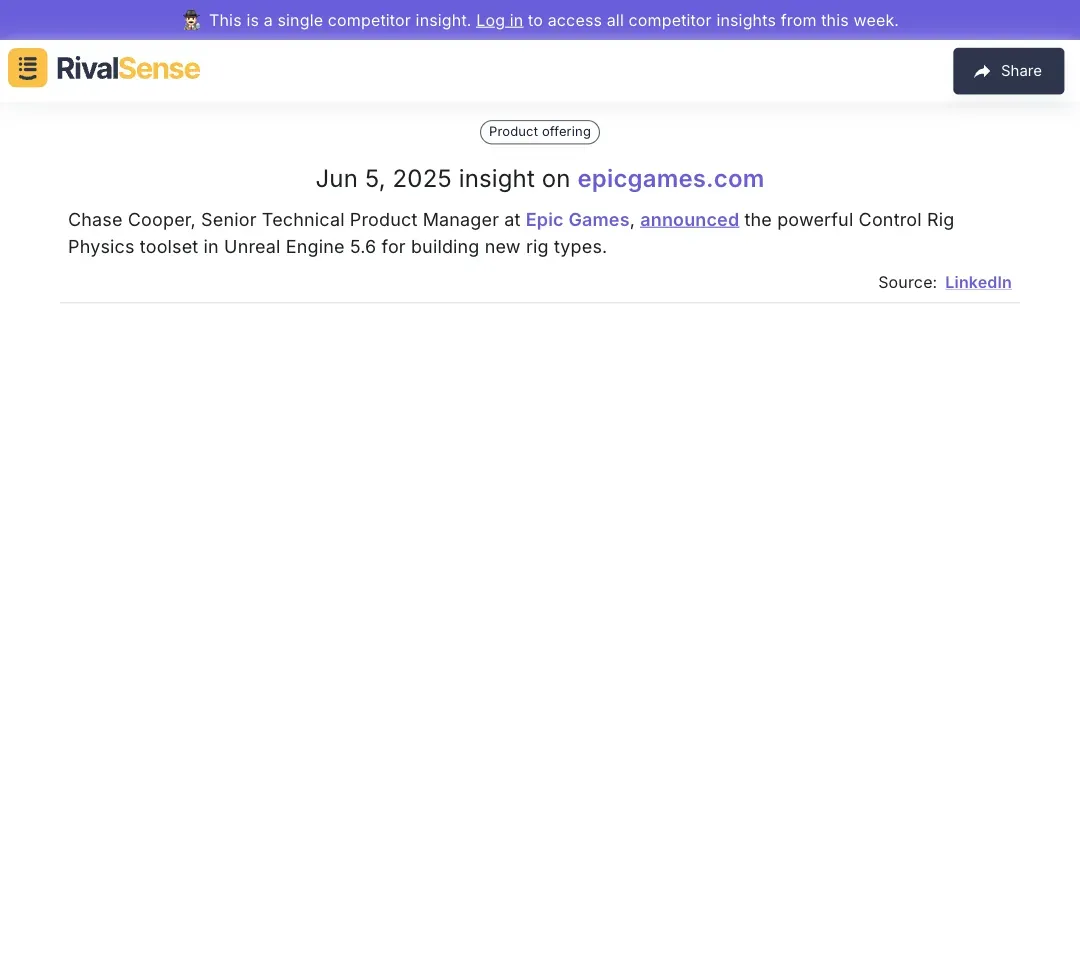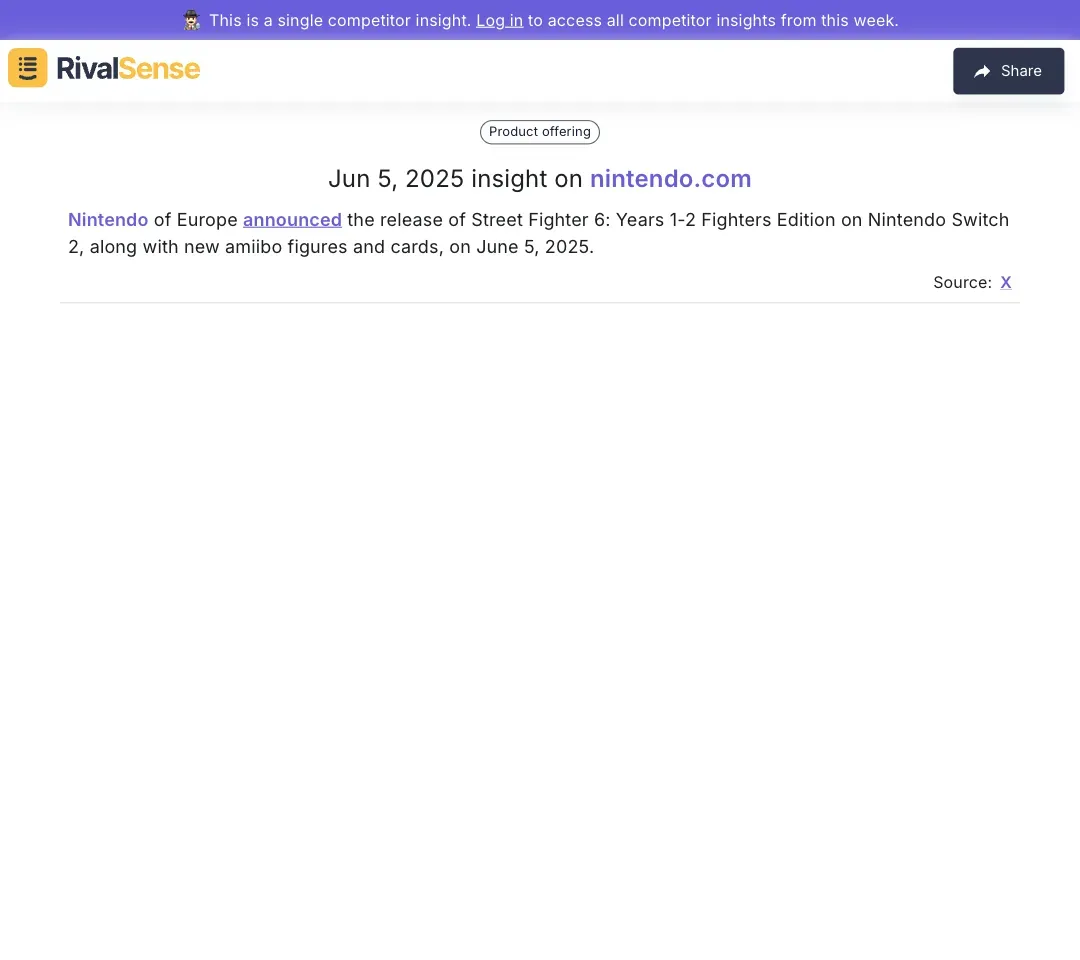Key Account Tracking vs Competitor Tracking: What's the Difference and Why You Need Both
In the fast-paced world of business, staying ahead requires more than intuition—it demands strategic intelligence. Two essential approaches that organizations leverage are key account tracking and competitor tracking. While both aim to strengthen market position, they address fundamentally different aspects of business strategy. This post explores their distinct roles, practical applications, and how integrating both creates a comprehensive competitive advantage.
Understanding Key Account Tracking
Key account tracking focuses on nurturing relationships with your most valuable clients who drive significant revenue. These strategic partnerships require ongoing attention beyond standard customer management. The approach centers on understanding client-specific needs, challenges, and growth opportunities to foster long-term loyalty.
Why Key Account Tracking Matters
Key account management directly impacts revenue stability and growth potential. Neglecting these relationships risks losing foundational business pillars. Consider these critical benefits:
✅ Revenue Stability
Your top 20% of clients often generate 80% of revenue. Proactive tracking prevents unexpected churn and ensures predictable income streams.
✅ Relationship Expansion
Deep understanding of client operations reveals cross-selling opportunities. A manufacturing client expanding to new regions might need additional logistics services you offer.
✅ Strategic Alignment
Tracking organizational changes within key accounts (like leadership shifts) helps realign your solutions with their evolving priorities.
How RivalSense Supports Key Accounts
While renowned for competitor intelligence, RivalSense also tracks public activities of key accounts. Monitoring their partnerships, regulatory filings, or executive movements provides context for relationship-building discussions. For example, noticing a key client's new sustainability initiative could prompt you to highlight your eco-friendly solutions.
Understanding Competitor Tracking
Competitor tracking systematically monitors rivals' activities across product launches, pricing changes, marketing campaigns, and strategic partnerships. This isn't corporate espionage—it's leveraging publicly available data to anticipate market shifts. Businesses that ignore competitor moves risk being blindsided by industry disruptions.
Why Competitor Tracking Matters
Competitive intelligence transforms reactive strategies into proactive market leadership. These advantages make it indispensable:
🚀 Innovation Acceleration
Analyzing competitor product releases reveals technology trends and feature gaps. When Epic Games launched their Control Rig Physics toolset, developers gained insights into next-gen game development capabilities:

Why it matters: Tracking such updates helps software companies benchmark their own roadmap against industry standards.
🎯 Strategic Positioning
Monitoring competitors' market entries helps refine your differentiation. Discord's integration of AI agents for real-time engagement signals a shift toward automated customer solutions:

Why it matters: Real-time alerts about such moves help communication platforms adjust their feature development priorities.
🛡️ Risk Mitigation
Early detection of competitor expansions or pricing changes enables proactive countermeasures. Nintendo's Street Fighter 6 release timing influences competitors' launch schedules:

Why it matters: Gaming companies use these insights to avoid releasing titles during crowded launch windows.
How RivalSense Elevates Tracking
RivalSense automates competitor monitoring across 80+ sources—from social media to regulatory databases—delivering weekly digestible reports. This replaces manual searches with structured intelligence on product updates, executive moves, and partnership announcements.
Key Differences at a Glance
While complementary, these approaches have distinct focuses and tools:
| Aspect | Key Account Tracking | Competitor Tracking |
|---|---|---|
| Primary Focus | Existing client relationships | Rival companies' activities |
| Core Objective | Revenue retention & expansion | Market advantage & threat detection |
| Key Metrics | Client health scores, retention rates | Market share, feature parity |
| Tools Used | CRM systems, QBR frameworks | Intelligence platforms like RivalSense |
Strategic Integration for Maximum Impact
Combining both approaches creates a powerful competitive ecosystem. Use competitor insights to strengthen key account relationships—if rivals lower prices, proactively demonstrate added value to your clients. Conversely, feedback from key accounts might reveal competitor weaknesses to exploit. For instance:
- When tracking reveals a competitor's product limitation mentioned by your key accounts, accelerate your solution development
- Regulatory changes affecting competitors (tracked via registries) could signal opportunities to offer compliant alternatives to your clients
Conclusion
Key account tracking ensures revenue stability through deep client relationships, while competitor tracking provides the external intelligence needed for proactive market positioning. Together, they form a complete strategic intelligence framework that anticipates both opportunities and threats.
Ready to transform how you track competitors?
👉 Try RivalSense for Free and get your first competitor report today. Our automated tracking across websites, social media, and registries delivers actionable insights—so you spend less time searching and more time strategizing.
📚 Read more
👉 Unlock Hidden Opportunities: Mastering Competitor White Space Analysis
👉 How to Analyze Competitor Feature Updates: IPRoyal's Proxy Checker Case Study
👉 Decoding Competitor Partnerships: Lessons from Adonis's Healthcare Moves
👉 Decoding Competitor Moves: Rayobyte's Strategic Shift to Marketing
👉 Mastering Competitor Data Strategy Analysis: A Practical Guide for Business Leaders
